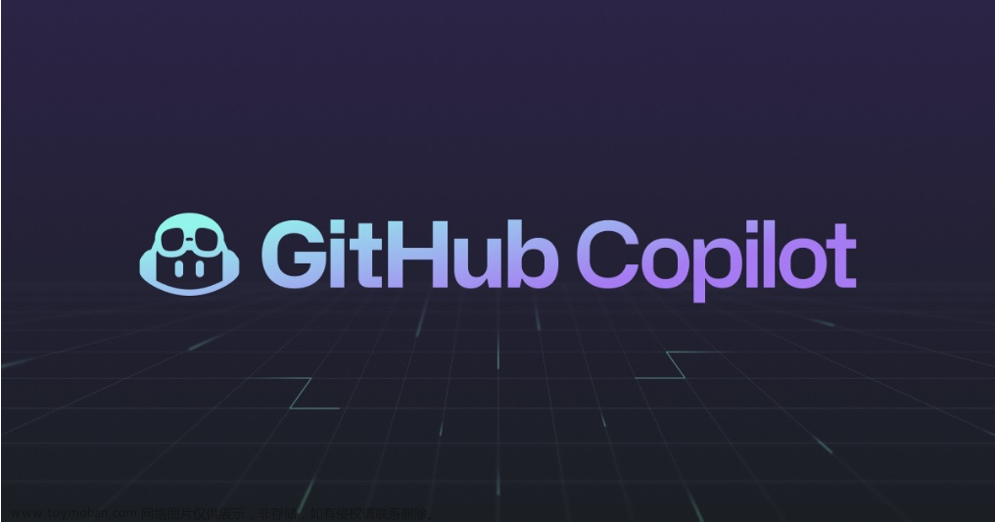EBUS301 – DIGITAL BUSINESS
ASSIGNMENT 2 (50% of overall module mark)
Total Points: 100
Word Limit: 2500 words
TITLE: Artificial Intelligence in Digital Business: A Multifaceted Exploration.
Part 1: Literature Review and (60 Points, 1500 words)
Topic: The impact of Artificial Intelligence on Higher Education in Business and Management Schools
Objective: Conduct a thorough literature review of AI's transformative role in higher education (Universities), with a focus on business and management studies.
Guidelines:
- Explore the application and potential future use of AI in Higher Education (Universities). Evaluate both benefits and challenges.
- Offer a critical analysis of seminal studies and authoritative opinions concerning AI's future in (HE).
- You may examine areas such as AI's impact on:
- Teaching methods
- Assessment techniques (e.g. exams or new forms of assessment)
- Academic integrity (plagiarism)
- Student support systems (e.g. chatbots, lecturer avatars).
- The ethics of using AI in educational settings (inc. risks of doing so)
This list is not exhaustive and to be clear, you do not have to tackle all these topics! You also have the liberty to cover other relevant areas so long as they relate to the context of AI impact on Higher Education. You should mainly review academic journal papers, but you may also reference a small amount of supplementary grey literature (e.g. news articles).
- All parts of the literature review should be written in third person.
- This will be marked in accordance with the marking criteria in your course handbooks (a copy in included for your convenience at the bottom of this document).
Part 2: Practical Generative AI Exercise – A Digital Marketing Campaign for the Web3 and Metaverse Age (40 Points, 1000 words) – Please see the assignment template for guidance on what to include in each section.
Role: Assume the role of a Digital Marketing Manager, spearheading a pioneering social media campaign for a phygital product (a physical product with a digital counterpart) in the Web3/Metaverse space.
1. Create an AI-generated image for an NFT (5 points): Choose one item from the following for your campaign:
- Fragrance (e.g., perfume, aftershave, home scent)
- A car
- A handbag
- A pair of sneakers
- A watch or piece of jewellery
- An item for a game that comes with a physical counterpart
Use a Generative AI tool (such as DALL-E 2 (or 3), Ideogram.ai, Midjourney etc) to generate and refine an image representing a phygital product. This product should initially be marketed as an NFT in a blockchain-based Metaverse, with the physical item to be manufactured and delivered subsequently.
2. Social media copy (5 points): Draft the copy for social media post to promote this phygital product on a platform of your choosing (e.g Twitter (X) or Instagram). The post should be compelling to both current enthusiasts of the Web3, Crypto, and NFT communities, as well as appealing to prospective customers new to this domain. You should draw upon Laudon’s social media marketing process model when drafting your copy.
3. AI Enhancement of social media copy (5 points): Use a Generative AI platform (e.g., ChatGPT, Bard, Claude) to refine your post. Approach the AI as a 'critical friend' to enhance the potential success of your post.
4.Deliverables (5 points): Include the final AI-generated image and the final version of your campaign copy.
5. Reflection (20 points): You should reflect upon the practical process above and discuss your experiences of prompting the AI to create the image and refine your social media copy. Evaluate what the AI did well and where it fell short - did it help or hinder you? How successful were your prompts and what have
you learned about prompt engineering through this process? Writing in the first person (I and my) is encouraged to provide a personal account of your experience. You should cite your sources where appropriate to do so.
Further Guidance
It is essential that you do wider reading/research to develop your thinking on these topics. You should reference high quality academic journal papers in your literature review (Part 1) but you may use some other supplementary source material (grey literature) throughout. Part 2 1-4 there is not an expectation to cite sources (other than the AI tools you are using). Part 2 number 5 you should demonstrate evidence of wider reading – you may use a range of sources but should aim to include a good number of academic sources. However, this is an emerging topic and so whitepapers, conference papers and industry reports may be particularly useful for this section.
NB. Please note that neither an introduction nor a conclusion is needed for this assignment. 文章来源:https://www.toymoban.com/news/detail-772649.html
Word count and page numbers: Your overall assignment must be below 2500 words (excluding reference list). This includes all other tables, chart labels etc. Your assignment should have page numbers inserted and the main body of text should ideally be formatted justified (See Fig. 1).文章来源地址https://www.toymoban.com/news/detail-772649.html
到了这里,关于【EBUS301】 DIGITAL BUSINESS的文章就介绍完了。如果您还想了解更多内容,请在右上角搜索TOY模板网以前的文章或继续浏览下面的相关文章,希望大家以后多多支持TOY模板网!









